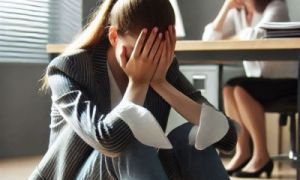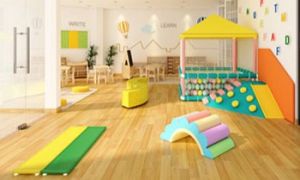The following lists reflection questions to help educators develop cultural competence in early childhood settings.
Self-awareness and Biases
- What cultural assumptions do I bring into my teaching?
- How do my personal experiences shape my interactions with children and families from diverse backgrounds?
Family and Community Engagement
- How do I involve families in shaping culturally responsive practices?
- What steps do I take to build relationships with diverse communities?
- How do I build trust with families from different cultural backgrounds?
- What methods do I use to incorporate family traditions into learning experiences?
- How do I ensure families feel valued and included in decision-making?
- How do I create opportunities for families to contribute their cultural knowledge?
- What methods do I use to ensure families feel heard and valued?
- How do I collaborate with community organizations to support cultural learning?
- How do I build strong relationships with families from different cultural backgrounds?
- What methods do I use to involve families in shaping culturally responsive practices?
- How do I ensure families feel valued and included in decision-making?
- What steps do I take to learn about the cultural traditions of the families I work with?
- How do I collaborate with community organizations to support cultural learning?
- What strategies do I use to encourage families to share their cultural knowledge?
- How do I create opportunities for families to participate in classroom activities?
- How do I ensure that communication with families is culturally sensitive and accessible?
Curriculum and Resources
- Do the materials and activities I use reflect a variety of cultures and perspectives?
- How do I incorporate Indigenous perspectives into my teaching?
Ongoing Learning and Reflection
- How do I continue to educate myself about cultural competence?
- What feedback mechanisms do I have in place to assess and improve my approach?
Personal Reflection
- How do my cultural experiences shape my teaching approach?
- What steps do I take to challenge my own biases?
- How do I ensure I am continuously learning about different cultures?
Classroom Environment
- Does my classroom reflect diverse cultures in a meaningful way?
- How do I create a safe space for children to express their cultural identities?
- What strategies do I use to address cultural misunderstandings among children?
- How do I ensure that my classroom is welcoming and inclusive for all children?
- What strategies do I use to encourage children to share their cultural traditions?
- How do I address cultural misunderstandings or conflicts among children?
- Do my classroom materials and decorations reflect diverse cultures meaningfully?
- How do I create opportunities for children to learn from each other’s backgrounds?
- What steps do I take to ensure that children feel safe expressing their identities?
- How do I incorporate multilingual resources to support diverse learners?
- How do I model respect and appreciation for different cultures in my daily interactions?
Curriculum and Teaching Practices
- How do I integrate Indigenous perspectives into my curriculum?
- Do my teaching materials represent a wide range of cultures?
- How do I adapt my teaching to meet the needs of children from diverse backgrounds?
- How do I ensure my curriculum reflects a wide range of cultural experiences?
- What steps do I take to avoid tokenistic representations of culture?
- How do I incorporate multilingual resources into my teaching?
Professional Development
- What resources do I use to improve my cultural competence?
- How do I encourage my colleagues to reflect on their cultural responsiveness?
- What professional learning opportunities have helped me grow in this area?
- How do I advocate for culturally responsive practices in my workplace?
- What professional learning opportunities have helped me grow in this area?
- How do I support colleagues in developing their cultural competence?
Further Reading
Educators' Guide To Critical Reflections
Reflection Vs Critical Reflection
Reflective Practices In Childcare
Q: How Can Educators Make Reflections Meaningful?


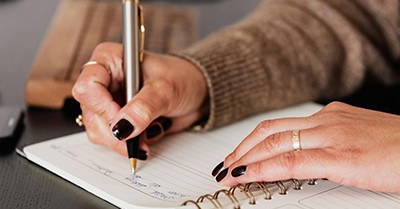

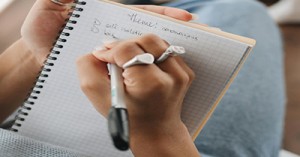
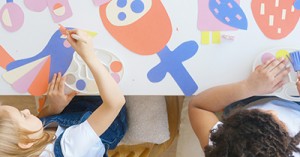
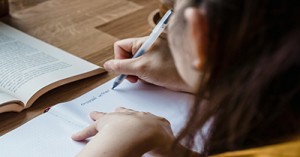
 Here is the list of the EYLF Learning Outcomes that you can use as a guide or reference for your documentation and planning. The EYLF
Here is the list of the EYLF Learning Outcomes that you can use as a guide or reference for your documentation and planning. The EYLF The EYLF is a guide which consists of Principles, Practices and 5 main Learning Outcomes along with each of their sub outcomes, based on identity,
The EYLF is a guide which consists of Principles, Practices and 5 main Learning Outcomes along with each of their sub outcomes, based on identity, This is a guide on How to Write a Learning Story. It provides information on What Is A Learning Story, Writing A Learning Story, Sample
This is a guide on How to Write a Learning Story. It provides information on What Is A Learning Story, Writing A Learning Story, Sample One of the most important types of documentation methods that educators needs to be familiar with are “observations”. Observations are crucial for all early childhood
One of the most important types of documentation methods that educators needs to be familiar with are “observations”. Observations are crucial for all early childhood To support children achieve learning outcomes from the EYLF Framework, the following list gives educators examples of how to promote children's learning in each individual
To support children achieve learning outcomes from the EYLF Framework, the following list gives educators examples of how to promote children's learning in each individual Reflective practice is learning from everyday situations and issues and concerns that arise which form part of our daily routine while working in an early
Reflective practice is learning from everyday situations and issues and concerns that arise which form part of our daily routine while working in an early Within Australia, Programming and Planning is reflected and supported by the Early Years Learning Framework. Educators within early childhood settings, use the EYLF to guide
Within Australia, Programming and Planning is reflected and supported by the Early Years Learning Framework. Educators within early childhood settings, use the EYLF to guide When observing children, it's important that we use a range of different observation methods from running records, learning stories to photographs and work samples. Using
When observing children, it's important that we use a range of different observation methods from running records, learning stories to photographs and work samples. Using This is a guide for educators on what to observe under each sub learning outcome from the EYLF Framework, when a child is engaged in
This is a guide for educators on what to observe under each sub learning outcome from the EYLF Framework, when a child is engaged in The Early Years Learning Framework describes the curriculum as “all the interactions, experiences, activities, routines and events, planned and unplanned, that occur in an environment
The Early Years Learning Framework describes the curriculum as “all the interactions, experiences, activities, routines and events, planned and unplanned, that occur in an environment